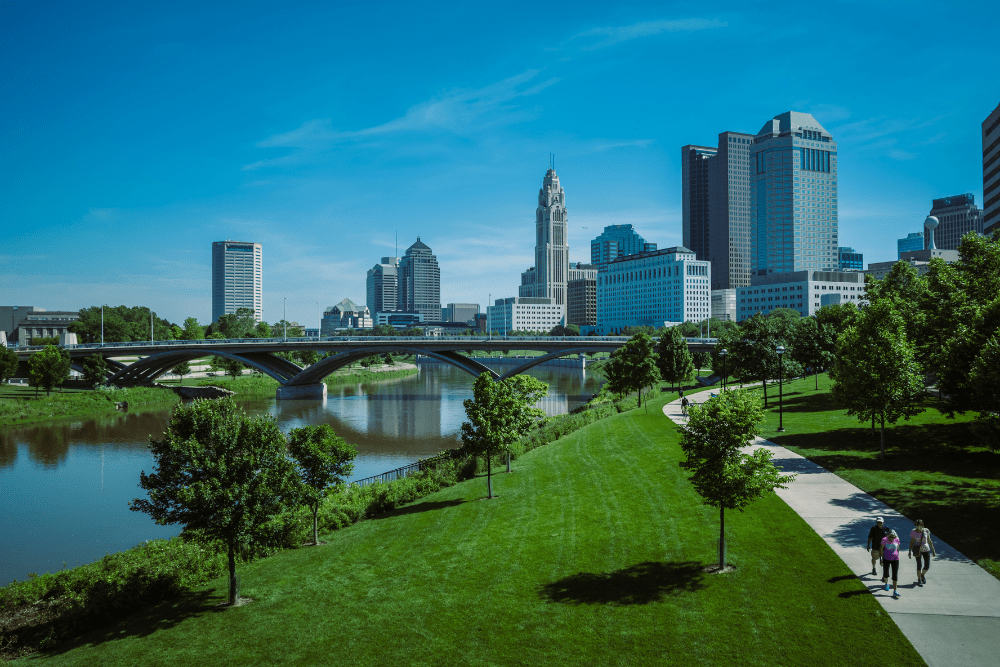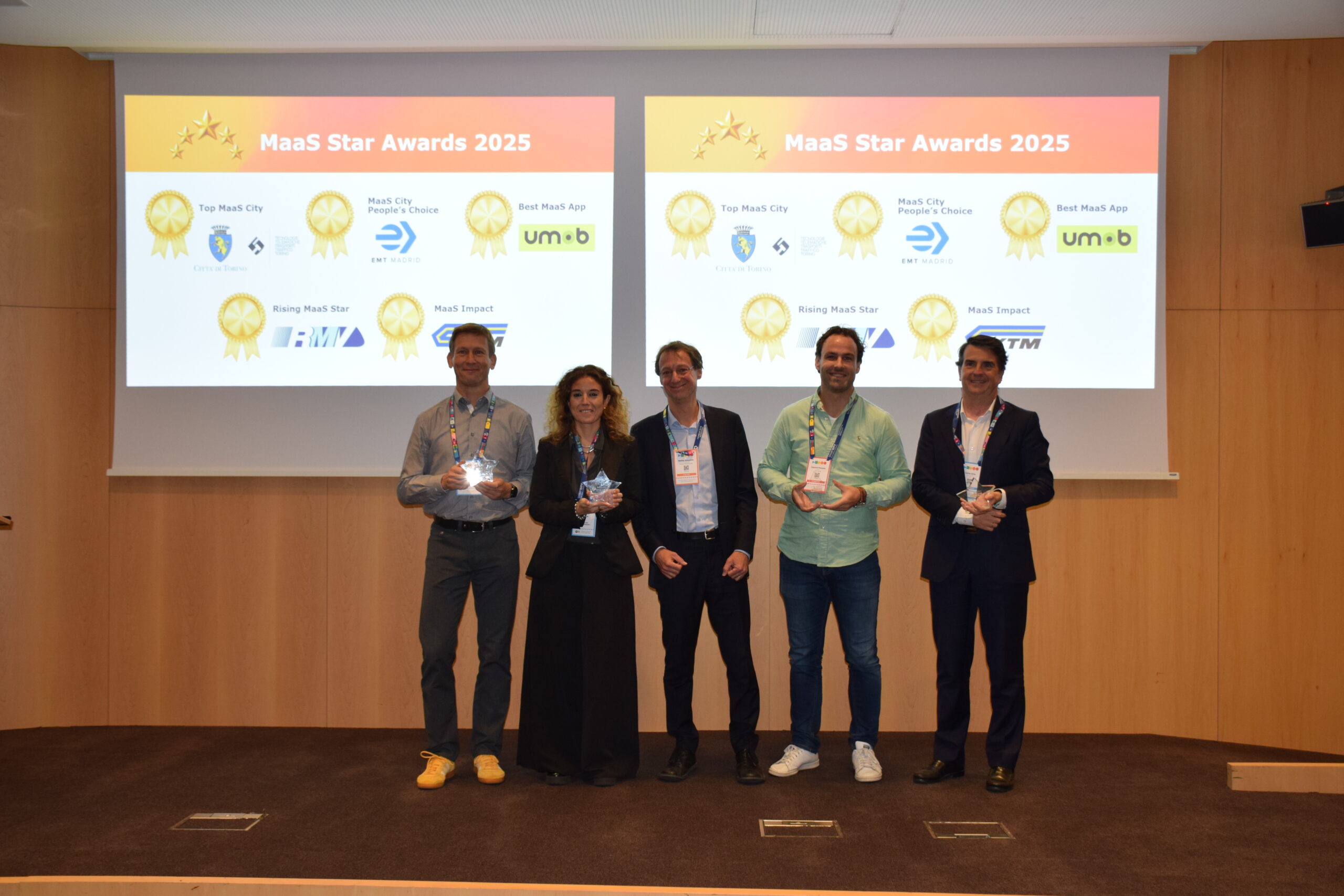
By 2050, it’s estimated that 70 percent of the world’s population will live in urban areas. This continued growth is fraught with many challenges, such as poor air quality and congestion. In 2019, drivers in Paris each wasted around 163 hours in traffic (source: Arval Mobility Observatory). As our cities become more crowded, this will only get worse.
The global COVID-19 pandemic shone the spotlight on other issues too, such as a shortage of essentials like food and household items as well as wide-ranging inequality and unemployment. It highlighted the need for greater resilience, equity and more liveable spaces. With urbanisation placing men and women at an increased risk of psychosis and depression (source: British Journal of Psychiatry), we need to reimagine our cities and how we move around. Could the 15-minute city be the answer?
What are 15-minute cities?
French-Colombian scientist and professor Carlos Moreno developed the concept back in 2016. It’s based on the work of Jane Jacobs, which focuses on the importance of social networks, and also Clarence Perry’s ‘neighbourhood unit’. Incorporating the philosophy of “chrono-urbanism”, the 15-minute city places great emphasis on time as well as space in urban design. This is a vital component given that mobility no longer signifies freedom but is a ‘forced daily displacement’ on our lives and a negative impact on our planet (source: ETI Chair). Traffic congestion and long commutes reduce our quality of life.
A research paper by Moreno and his colleagues explains the 15-minute city concept in more detail and its place in post-pandemic cities. Bicycle use rose sharply in Berlin, New York, Copenhagen, and Beijing, as did the use of public spaces, such as parks. ‘Micro-markets’ in the Netherlands provided access to basic staples with numerous similar projects set up elsewhere. Indeed, COVID-19 seems to have accelerated the intention to see 15-minute cities come to fruition.
The benefits of 15-minute cities
Proximity-based decentralised cities allow people to access their home, workplace, essential services and amenities within a 15-minute walk or bike ride. They’re hyper-local models based around people (not vehicles), with buildings and public spaces made available for multi-purpose use. After all, our buildings (like our cars) are underutilised most of the time. At the weekend, a school, for example, could be used as a park or for cultural events, and cafes or other buildings could act as co-working spaces. Above all, 15-minute cities must be designed around accessibility and inclusivity.https://www.youtube.com/embed/o9O-d0lH4o8?version=3&rel=1&showsearch=0&showinfo=1&iv_load_policy=1&fs=1&hl=en-AU&autohide=2&wmode=transparent&enablejsapi=1&origin=https://skedgo.comCarlos Moreno explains the 15-minute city concept
This decentralised urban planning model aims to offer a higher quality of life – regardless of socioeconomic status or age – fulfilling six essential needs: living, work, commerce, healthcare, education and entertainment. More time to exercise and greater social interaction could lead to improved mental and physical wellbeing, strengthened community ties and reduced commuting. More people working from home post-pandemic, and the ability to buy locally, is convenient and could help to increase resiliency.
Coupled with this is the drive towards low/zero carbon emissions, with a shift from private vehicles to active travel and shared transport, which could help to protect our environment (source: Deloitte). Cities would benefit from reduced congestion and pollution, with the opportunity for more open green spaces and child-friendly environments. The economic benefits include lower fuel costs and road maintenance as well as the potential for employment and new innovations (source: Smart Cities).
Read the full Part 1 on the different approaches, opinions and opportunities for change and access Part 2.
Source: SkedGo



